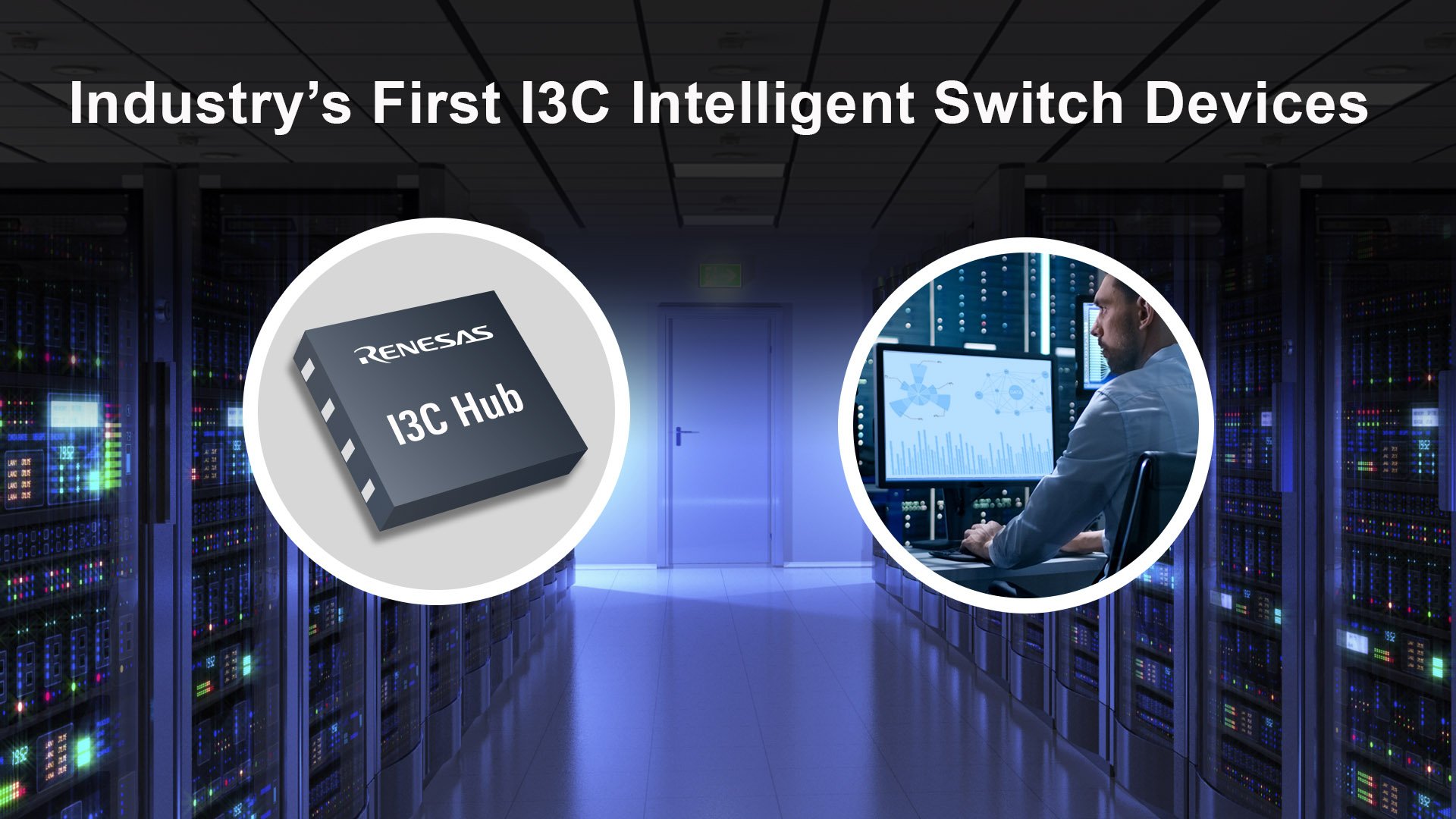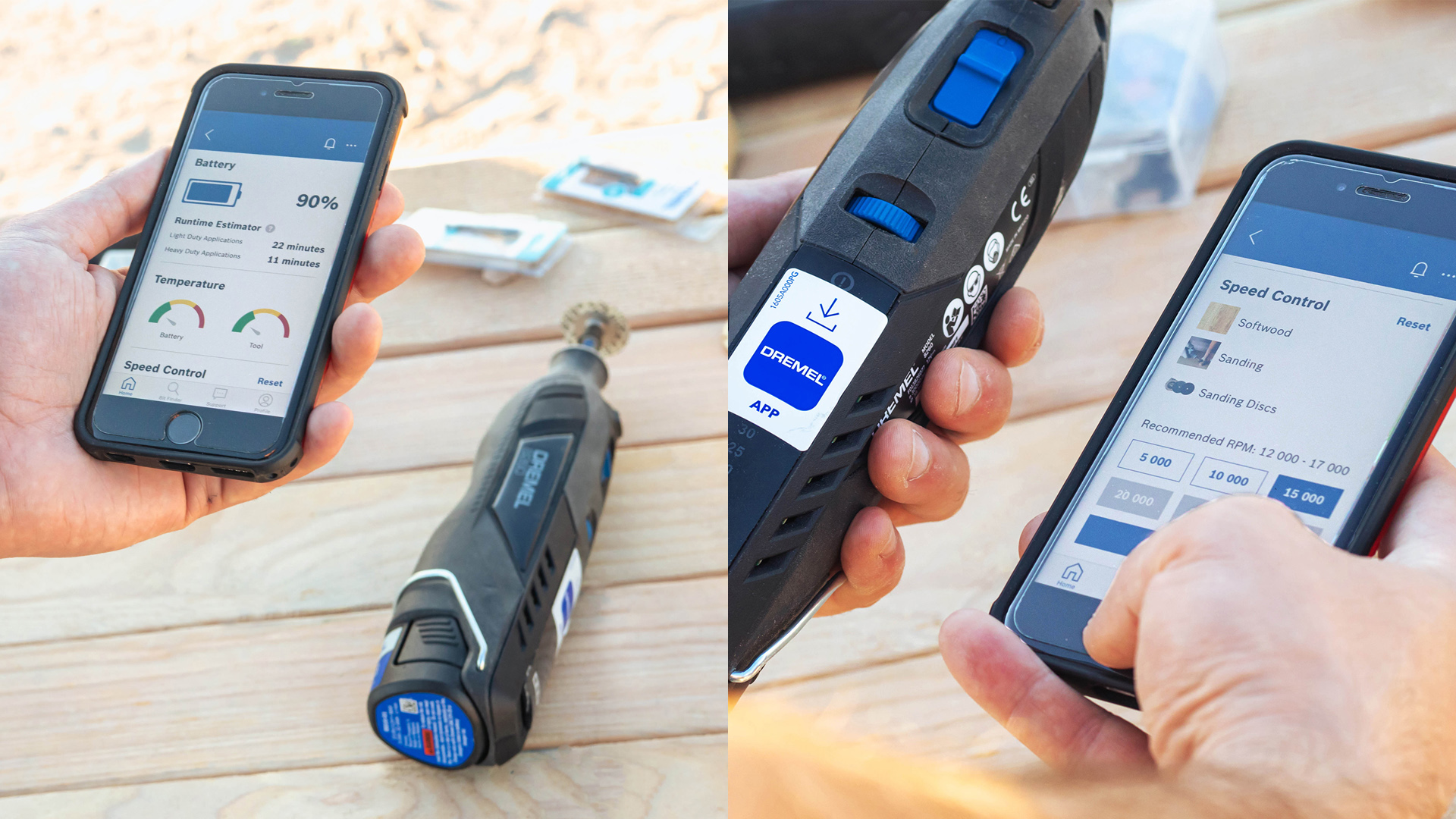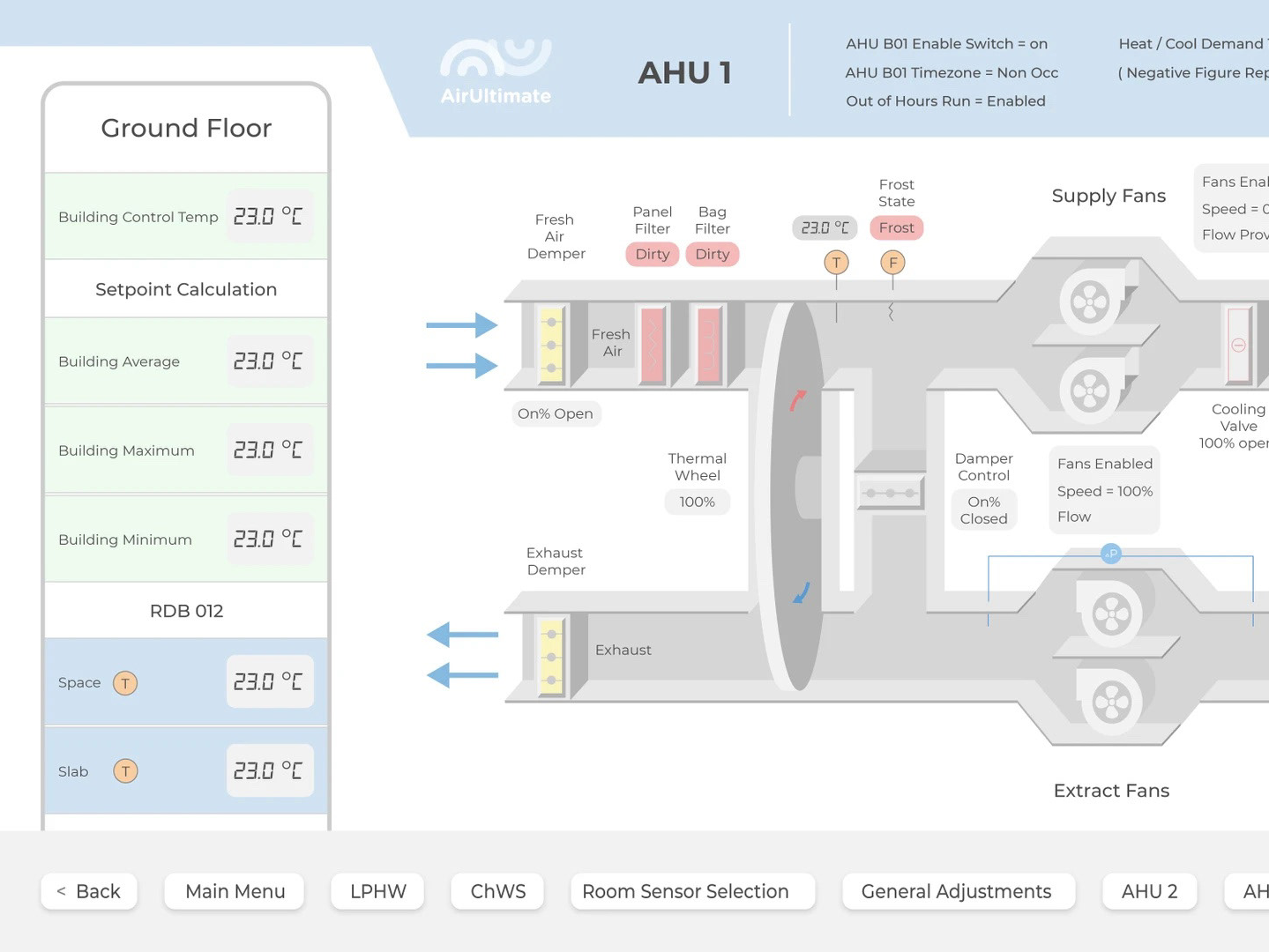Revolutionizing Connectivity: Remote IoT Management Platform Examples
Hey there, tech enthusiasts! If you're diving into the world of smart devices and connected ecosystems, you’ve probably stumbled upon the term "remote IoT management platform." Remote IoT management platforms are basically the brains behind the operation of all those cool gadgets we love so much. They allow businesses and individuals to control, monitor, and manage Internet of Things (IoT) devices from anywhere in the world. Let me tell you, this is no ordinary tech; it’s game-changing stuff that's transforming industries big and small. So, buckle up because we’re about to deep-dive into some of the best examples out there!
Now, why should you care? Because remote IoT management isn’t just a buzzword—it’s a necessity. Imagine being able to adjust your smart home settings while you're on vacation or monitoring industrial equipment in real-time without stepping foot inside the factory. Sounds like magic? Nope, it's science. And these platforms are making it possible. Whether you're a tech-savvy individual or a business owner looking to scale operations, remote IoT management platforms are here to save the day.
But hold up, not all platforms are created equal. That’s where we come in. In this article, we’ll break down some of the top remote IoT management platform examples, explore their features, and show you how they’re revolutionizing connectivity. Stick around, because by the end of this, you’ll have all the info you need to make an informed decision. Let’s get started!
- Shoulderlength Hair With Bangs Over 60 A Stylish Guide To Embrace Your Beauty
- Hairstyles Cuts The Ultimate Guide To Finding Your Perfect Look
Table of Contents
- What is Remote IoT Management?
- Top Remote IoT Management Platforms
- Examples of Remote IoT Management Platforms
- Key Features of Remote IoT Platforms
- Benefits of Using Remote IoT Platforms
- Industry Applications of Remote IoT Management
- Challenges and Solutions in Remote IoT Management
- Future Trends in Remote IoT Management
- How to Choose the Right Remote IoT Platform
- Wrapping It Up
What is Remote IoT Management?
Alright, let’s start with the basics. Remote IoT management refers to the ability to control, monitor, and manage IoT devices from a distance. Think of it as the remote control for your entire connected ecosystem. These platforms act as the central hub where data from various devices is collected, analyzed, and acted upon. They enable users to perform tasks like firmware updates, device configuration, and real-time monitoring—all without physically being present at the location of the devices.
Remote IoT management is crucial for ensuring the smooth operation of IoT devices, especially in large-scale deployments. For instance, if you're managing hundreds of sensors in a smart city, you can’t exactly run around to each one to check if it’s working properly. A remote IoT management platform allows you to do all that with just a few clicks. It’s like having a personal assistant for your IoT devices, but smarter and more efficient.
Top Remote IoT Management Platforms
Overview of Leading Platforms
There are plenty of remote IoT management platforms out there, each with its own set of features and capabilities. Some of the most popular ones include AWS IoT Core, Microsoft Azure IoT Hub, and Google Cloud IoT Core. These platforms are trusted by businesses worldwide due to their robust infrastructure and extensive support for various IoT applications.
- Layered Hairstyles Wash And Go Hairstyles For Over 50 The Ultimate Guide
- Neckline Haircuts For Women The Ultimate Guide To Finding Your Perfect Look
For example, AWS IoT Core allows for secure and scalable device management, making it ideal for enterprises with large-scale IoT deployments. Meanwhile, Microsoft Azure IoT Hub offers seamless integration with other Microsoft services, which is a big plus for businesses already using the Microsoft ecosystem. Google Cloud IoT Core, on the other hand, excels in data analytics and machine learning capabilities, making it a top choice for companies looking to leverage AI in their IoT operations.
Examples of Remote IoT Management Platforms
1. AWS IoT Core
AWS IoT Core is one of the most powerful remote IoT management platforms out there. It enables secure and bidirectional communication between devices and the cloud, allowing for real-time data processing and analysis. With AWS IoT Core, you can manage millions of devices at scale, ensuring that your IoT ecosystem runs smoothly no matter how large it grows.
2. Microsoft Azure IoT Hub
Microsoft Azure IoT Hub is another heavy hitter in the remote IoT management space. It offers a comprehensive set of tools for device management, including over-the-air updates and remote monitoring. Plus, its integration with other Microsoft services like Power BI and Azure Machine Learning makes it a versatile choice for businesses looking to expand their IoT capabilities.
3. Google Cloud IoT Core
Google Cloud IoT Core stands out for its advanced data analytics and machine learning features. It allows businesses to extract valuable insights from their IoT data and use those insights to drive decision-making. Whether you’re looking to optimize operations or predict maintenance needs, Google Cloud IoT Core has got you covered.
Key Features of Remote IoT Platforms
So, what makes a remote IoT management platform stand out? Here are some of the key features you should look for:
- Device Management: The ability to add, configure, and manage devices remotely.
- Real-Time Monitoring: Access to real-time data and analytics for better decision-making.
- Over-the-Air Updates: The capability to update device firmware and software without physical intervention.
- Security: Robust security measures to protect sensitive data and prevent unauthorized access.
- Scalability: The ability to handle large-scale deployments and grow as your IoT ecosystem expands.
Benefits of Using Remote IoT Platforms
Now that we’ve covered the features, let’s talk about the benefits. Remote IoT management platforms offer numerous advantages, including:
- Increased Efficiency: Automate routine tasks and streamline operations to save time and resources.
- Cost Savings: Reduce maintenance costs by identifying and addressing issues before they become major problems.
- Improved Decision-Making: Leverage real-time data and analytics to make informed decisions.
- Enhanced Security: Protect your IoT devices and data from cyber threats with advanced security features.
- Scalability: Easily expand your IoT ecosystem as your business grows.
Industry Applications of Remote IoT Management
1. Smart Homes
Remote IoT management platforms are a game-changer for smart homes. They allow homeowners to control everything from lighting to security systems with just a few taps on their smartphone. Whether you’re adjusting the thermostat or checking if the front door is locked, these platforms make it easy to manage your smart home from anywhere.
2. Industrial Automation
In the industrial sector, remote IoT management platforms are used to monitor and control machinery in real-time. This helps prevent downtime and ensures that operations run smoothly. Plus, with predictive maintenance capabilities, businesses can identify potential issues before they cause costly disruptions.
3. Healthcare
The healthcare industry is also benefiting from remote IoT management. Wearable devices and medical equipment can be monitored remotely, allowing healthcare providers to keep an eye on patients’ health status and intervene when necessary. This not only improves patient outcomes but also reduces the burden on healthcare facilities.
Challenges and Solutions in Remote IoT Management
While remote IoT management platforms offer numerous benefits, they also come with their own set of challenges. One of the biggest challenges is security. With so much sensitive data being transmitted, it’s crucial to have robust security measures in place to prevent unauthorized access.
Another challenge is scalability. As IoT ecosystems grow, managing them can become increasingly complex. To address this, platforms need to be designed with scalability in mind, allowing businesses to easily add new devices and expand their operations without compromising performance.
Future Trends in Remote IoT Management
Looking ahead, the future of remote IoT management is bright. We can expect to see advancements in areas like AI and machine learning, which will enable even more sophisticated data analysis and decision-making. Additionally, the rise of 5G technology will enhance connectivity, allowing for faster and more reliable communication between devices.
Another trend to watch out for is the increasing focus on edge computing. By processing data closer to the source, edge computing reduces latency and improves efficiency, making it an ideal solution for real-time applications.
How to Choose the Right Remote IoT Platform
With so many options available, choosing the right remote IoT management platform can be overwhelming. Here are a few tips to help you make the right decision:
- Define Your Needs: Start by identifying what you need from a remote IoT management platform. Are you looking for advanced analytics? Or do you need a platform that integrates well with your existing systems?
- Consider Scalability: Make sure the platform you choose can grow with your business. You don’t want to outgrow your platform in a year or two.
- Evaluate Security Features: Security should be a top priority. Look for platforms that offer robust security measures to protect your data and devices.
- Check for Support: Good customer support can make all the difference when it comes to troubleshooting and resolving issues.
Wrapping It Up
There you have it, folks! Remote IoT management platforms are transforming the way we interact with connected devices. From smart homes to industrial automation, these platforms are making it easier than ever to manage IoT ecosystems efficiently and effectively.
Whether you’re a tech enthusiast or a business owner, understanding the capabilities and benefits of remote IoT management platforms is essential in today’s connected world. So, take the time to explore your options, evaluate your needs, and choose the platform that best suits your requirements.
And don’t forget to share your thoughts in the comments below. What’s your favorite remote IoT management platform? Or maybe you have some questions about the ones we discussed? Let’s keep the conversation going!
- 2025 Hairstyles For Women Over 60 Embrace Your Style With Confidence
- Short Wedge Haircuts For Over 70 Embrace Your Style With Confidence

Device Management Platform IoT Examples Best Solutions 2024

Device Management Platform IoT Examples Best Solutions 2024

IOT Management Platform 管理平台後端 Jasmine Kao’s Portfolio